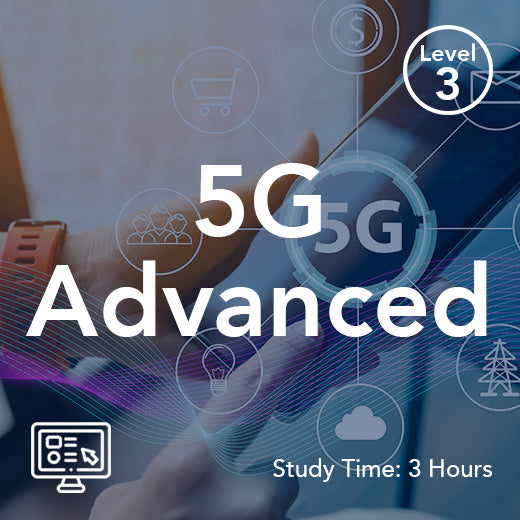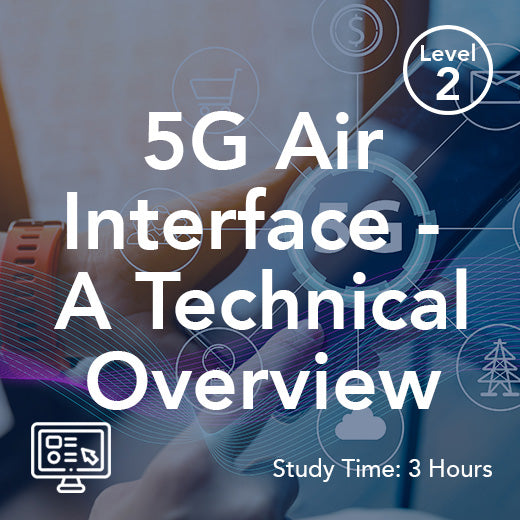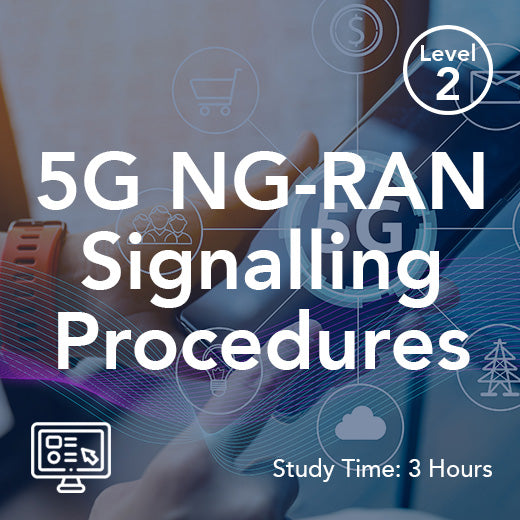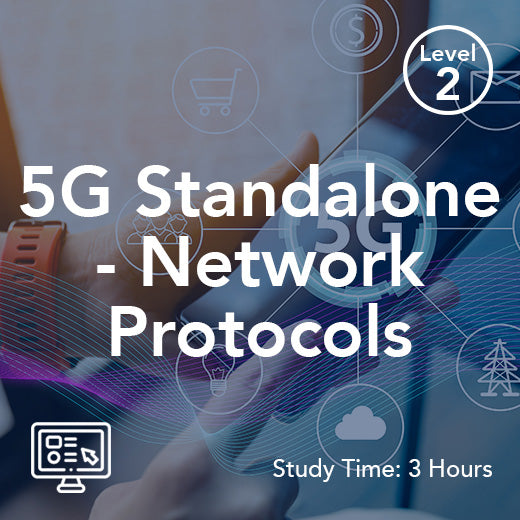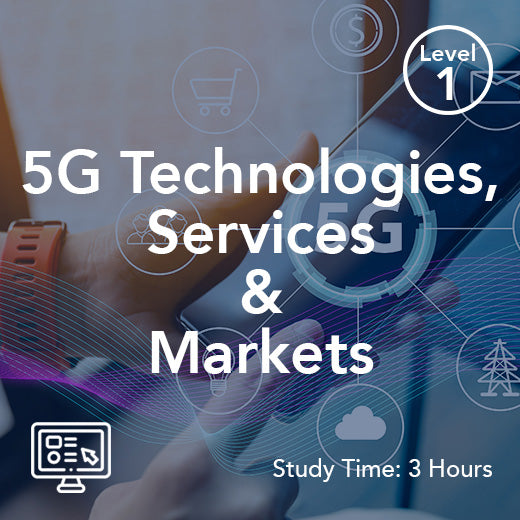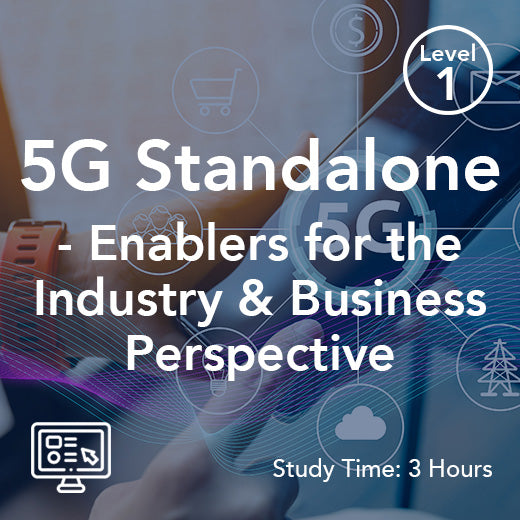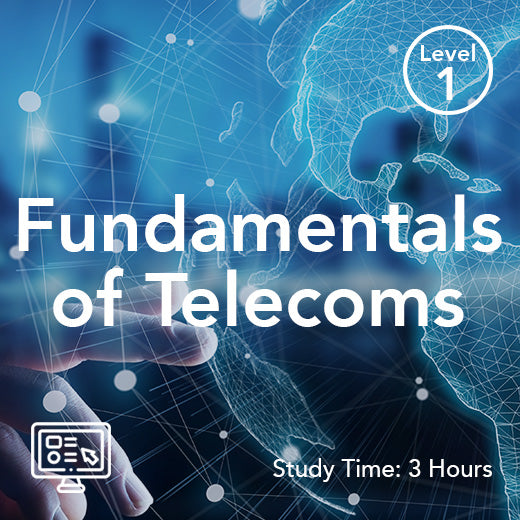transmission medium
- , by Paul Waite
- 2 min reading time
Transmission medium is a crucial component in the realm of telecommunications, serving as the conduit through which data travels from one point to another. In the United Kingdom, where the demand for reliable and fast communication services is ever-growing, the significance of a robust transmission medium cannot be overstated. From traditional copper wires to cutting-edge fibre optics, the evolution of transmission mediums has played a pivotal role in shaping the landscape of telecommunications in the UK.
The advent of the digital age has brought about a paradigm shift in the way information is transmitted, stored, and accessed. In this era of high-speed internet and seamless connectivity, the choice of transmission medium is a critical decision that telecom providers must make to ensure optimal performance and customer satisfaction. The traditional copper wires, which have been the backbone of telecommunication networks for decades, are gradually being replaced by more advanced alternatives such as fibre optics.
Fibre optics, with its ability to transmit data at the speed of light, has revolutionised the telecom industry in the UK. By harnessing the power of light signals travelling through thin strands of glass, fibre optic cables offer unparalleled speed and bandwidth, making them the preferred choice for high-speed internet connections and data transmission. The deployment of fibre optic networks across the UK has enabled faster internet speeds, improved network reliability, and enhanced user experience.
In addition to fibre optics, other transmission mediums such as wireless communication technologies are also gaining prominence in the UK telecom sector. With the increasing demand for mobile data services and the proliferation of Internet of Things (IoT) devices, wireless transmission mediums like 5G are becoming essential for delivering high-speed connectivity to users across the country. The rollout of 5G networks in the UK promises to revolutionise the way people communicate, work, and interact with technology.
Despite the advancements in transmission mediums, challenges remain in ensuring seamless connectivity and reliable data transmission. Factors such as signal interference, network congestion, and geographical limitations can impact the performance of telecom services in the UK. Telecom providers are continuously innovating and investing in infrastructure to overcome these challenges and deliver a superior communication experience to their customers.
As the demand for high-speed internet and digital services continues to grow, the role of transmission mediums in the UK telecom industry will only become more critical. Whether it's fibre optics, wireless technologies, or emerging transmission solutions, the choice of transmission medium will shape the future of telecommunications in the UK and pave the way for a more connected and digitally driven society.
In conclusion, the transmission medium is the lifeline of telecommunications in the UK, enabling the seamless flow of data and information across networks. With advancements in technology and the evolution of communication infrastructure, the UK telecom industry is poised for a future where fast, reliable, and high-quality connectivity is the norm. By embracing innovative transmission mediums and investing in robust network infrastructure, telecom providers in the UK can meet the growing demands of customers and drive the digital transformation of the country.

